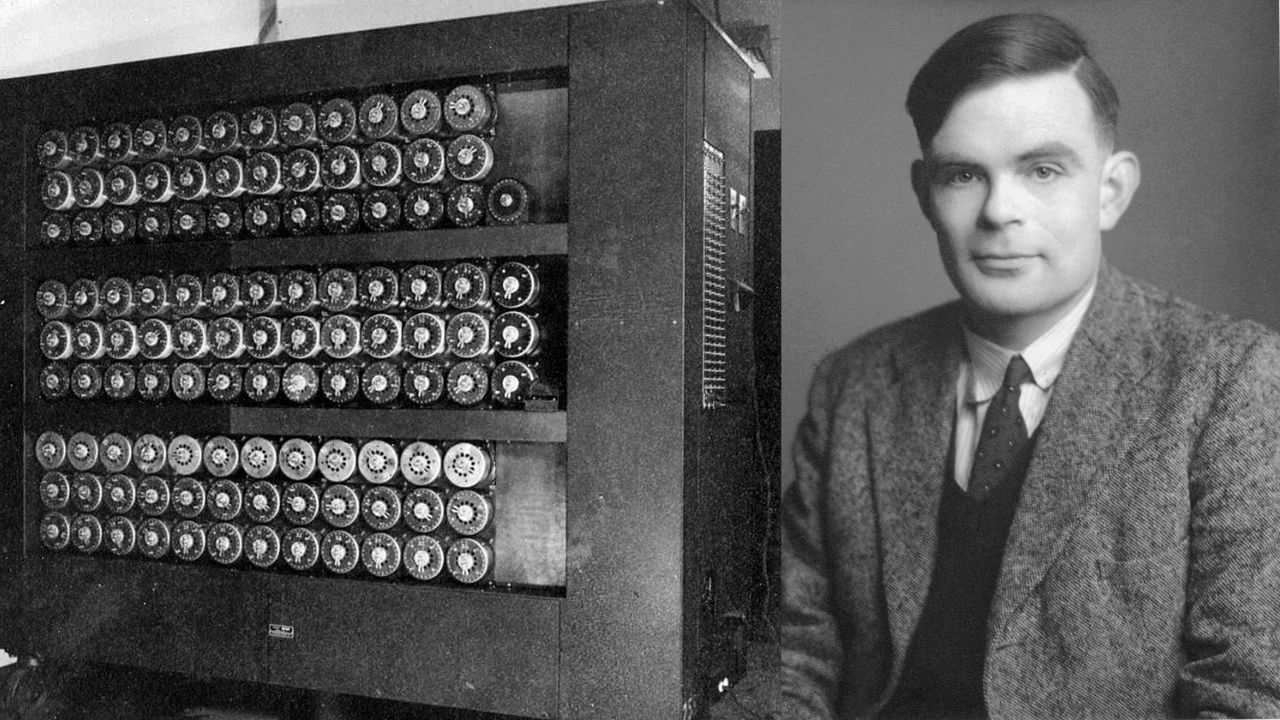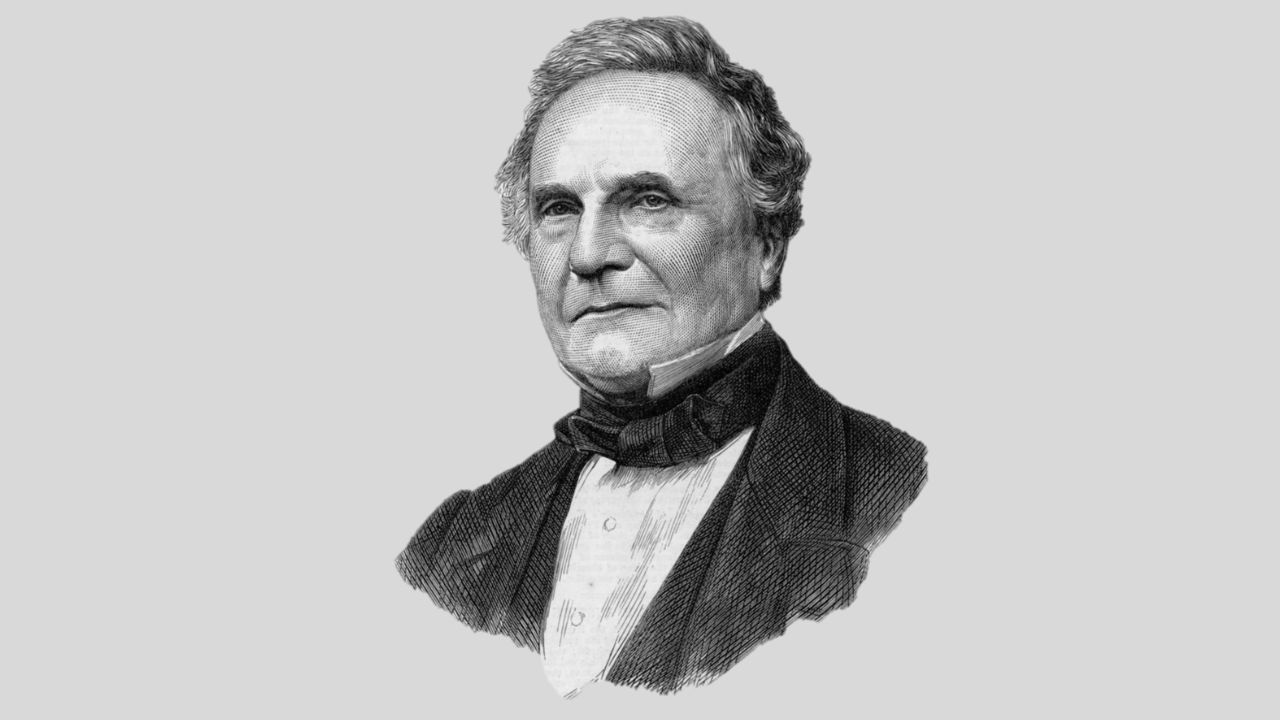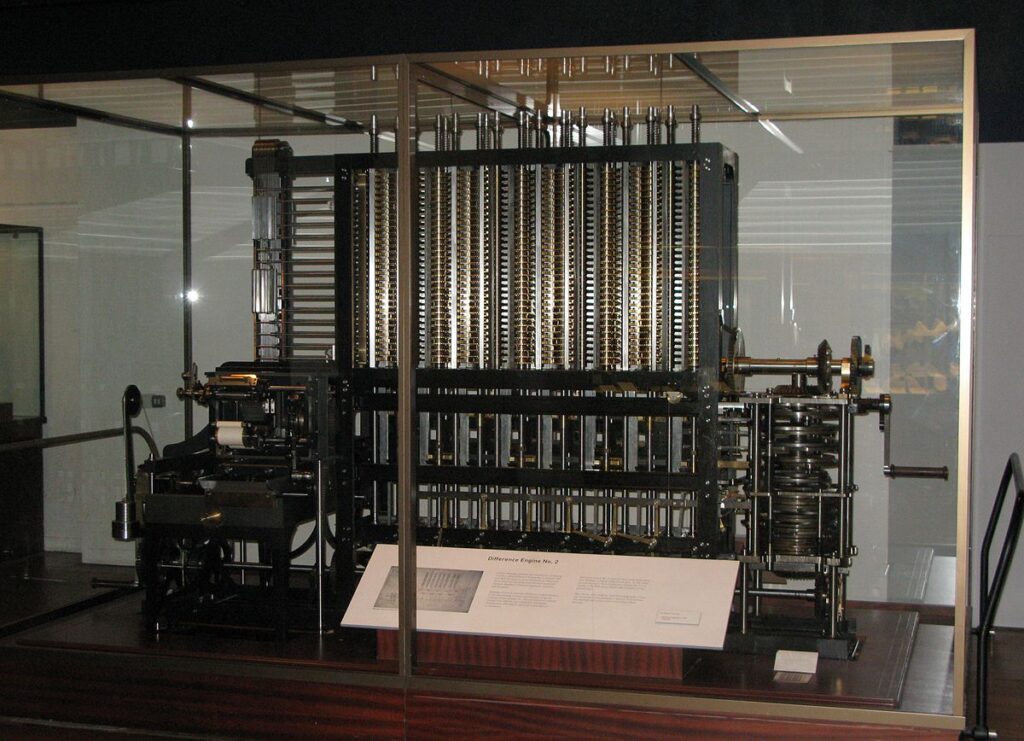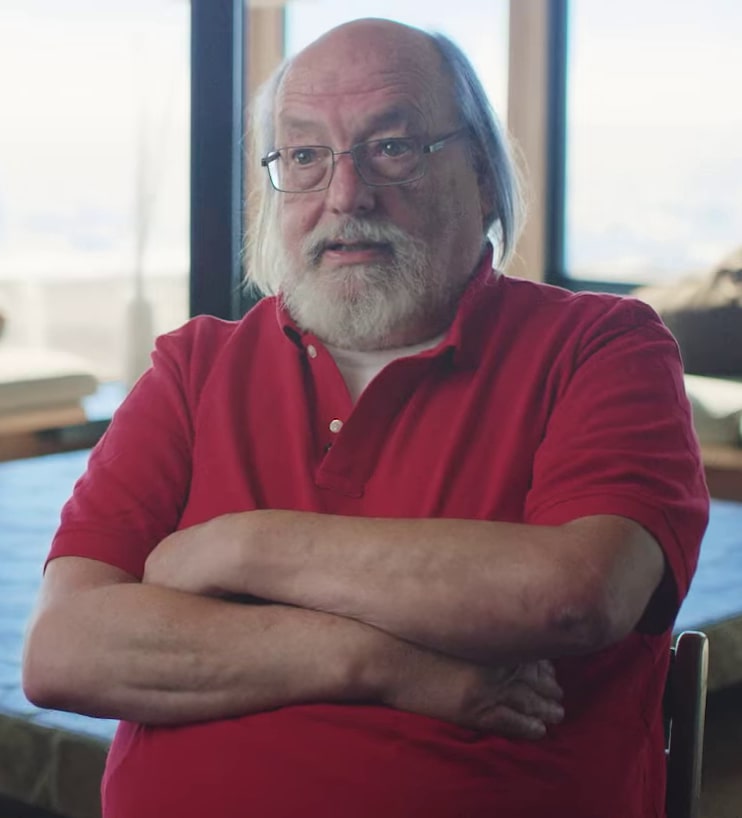DIGITAL ELECTRONIC
Alan Mathison Turing was a British computer scientist, Mathematician, and Logic philosopher. He was born on 23 June in the year 1912 in Maida vale London, England. Alan’s father’s name was Julius Mathison Turing. His mother’s name was Ethel Sara. Ethel was the daughter of Edward Stony, chief engineer of Madras Railway. His father was a civil servant. And his grandfather had been a general in Bengal Army.
He completed his schooling at a top private school. In the year 1926, he entered Sherborn school, an independent boarding school in Sherborn. Alan was naturally too good in mathematics. To study mathematics Alan entered the University of Cambridge in the year 1931. He got his Ph.D. degree from the department of mathematics at Princeton University in the year 1938.

Relation with Marcom Christopher
Alan and Christopher were friends from school at Sherborne and were described as Alan’s first love. In the year 1930 Christopher died because of bovine tuberculosis. After this event, Alan went into deep sorrow. To reduce his grief he worked hard on the topics of Mathematics and science. Even after Christopher’s death, Alan remained in contact with his mother through letters.
Breaking Enigma Code
At the time of the second world war, Alan was the main participant in breaking German Enigma ciphers at Bletchley Park. Bletchley Park was the British government’s wartime HQ. Asa Briggs a historian and wartime codebreaker once said that Alan was a genius.
Enigma was more like a typewriter, battery-powered and highly portable. It combined electrical and mechanical components. It was a cipher device developed by a German engineer in the 1920s after world war 1st. It was used by all branches of the German military in world war second.
In the year 1938, he worked on government code and Cypher school, the British codebreaking organization. He and Dilly Knox, a senior codebreaker were engaged in the Enigma cipher machine used by Nazi Germany.
Personal Life
Alan proposed marriage to his colleague Joan Clarke in the year 1941. She was a mathematician and cryptanalyst working at Hut 8. When Alan admitted that he was homosexual their engagement broke. After this event, Alan decided that he could not go through this relationship.
Sexuality and Conviction
Alan started a relationship with Arnold Murray in the year 1952. At this time Alan’s age was 39 and Arnold was 19 years old. Alan met him outside the Regal cinema and invited him for lunch. Alan’s house was burglarised on 23rd January. Murray admitted that he and the thief were cognizant. After knowing it Alan reported it to the crime police. In this investigation, he accepted the sexual relationship with Arnold. At that time homosexual acts were a crime in the United Kingdom. Alan and Arnold were charged with gross indecency under section 11 of 1885. On 31 march 1952, the case Regina vs Alan and Arnold was brought to trial. Alan Turing was convicted, and after that, he was given the choice between imprisonment and probation.
He chose probation, his probation was conditional on his agreement to go through chemical castration. He accepted having an injection of a synthetic estrogen called stilboestrol. All these things were continued for the course of one year. Consequently, this treatment rendered Alan impotent, and breast tissue formed in his body.
Death
Alan Turing died on 8 June 1954 at his house. His housekeeper first saw him dead. Alan died one day before his birthday because of Cyanide poisoning.
The post Alan Turing Biography appeared first on The Crazy Programmer.
from The Crazy Programmer https://ift.tt/hvf7xyC












